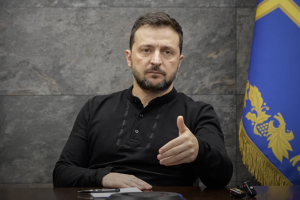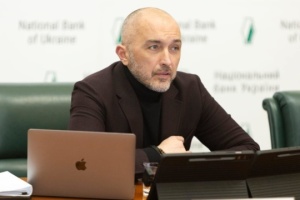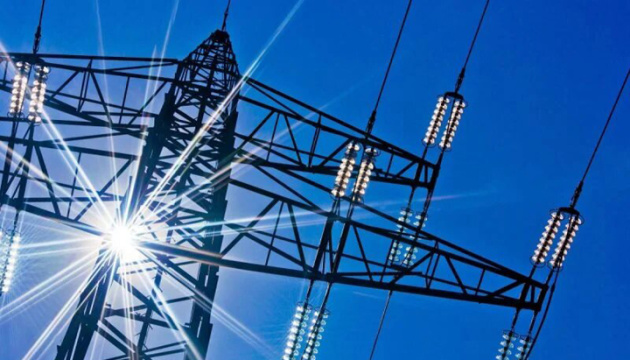
Decentralisation of the Energy System Is a Recipe for Salvation in Wartime and Beyond
State banks began concluding credit agreements for the installation of distributed generation facilities. In particular, Oschadbank announced the issuance of the first soft loan under the updated “Affordable Loans 5-7-9%” programme to a private enterprise for the installation of a gas-piston power plant with a capacity of 2.5 MW. So the energy gigantomania – with the focus on building large energy facilities – has worked its days out in Ukraine. The Russian invasion has demonstrated the vulnerability of a system built on this principle.
Experts say that the electricity production decentralisation is a lifesaver. The construction of hundreds or even thousands of low-capacity energy sources would help avoid negative scenarios in the future and at least partially support the energy system this coming winter (due to the lack of time and resources for construction). This was discussed last week at the conference “Decentralised generation. New opportunities for business and communities” in Kyiv, organised under the aegis of NEC “Ukrenergo”.
Decentralisation of Power Capacities Is a Response to Putin’s Energy Terrorism
To solve the existing problem of energy supply in Ukraine, it is not enough to restore the infrastructure destroyed by the enemy, it is necessary to develop a new decentralised generation system. During the conference, Volodymyr Kudrytskyi, the Chairman of the Board of NEC “Ukrenergo”, emphasised the lack of alternatives to decentralised generation.
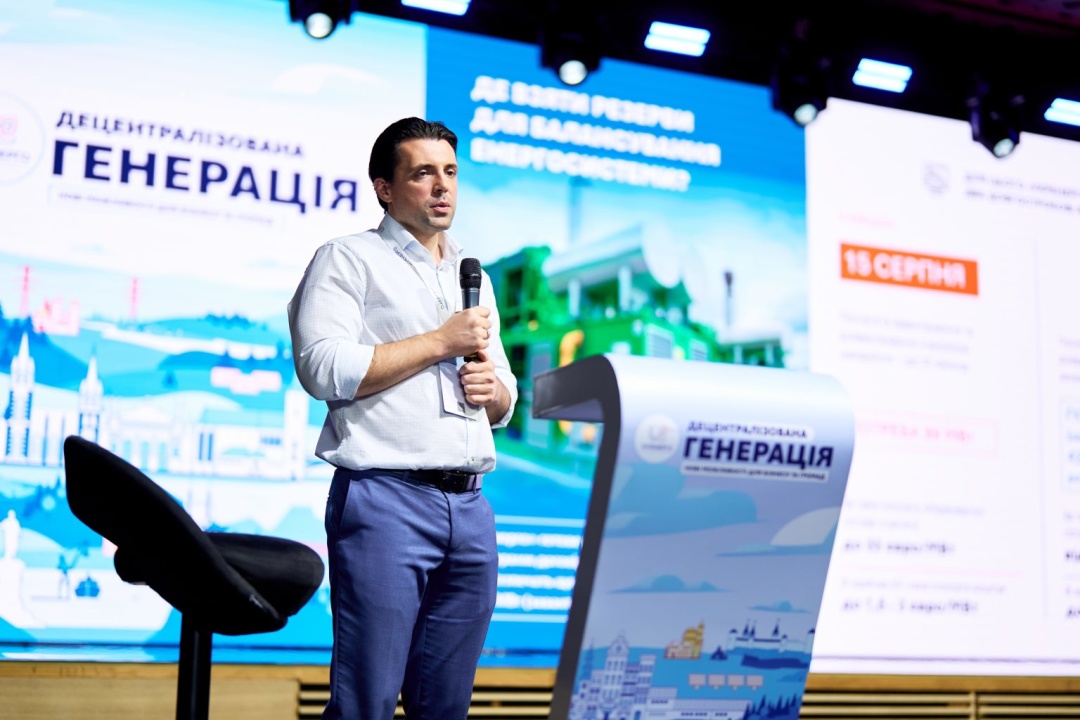
He reminded that up until now, the country was powered by a small number of large thermal, hydro, and nuclear power plants. Such facilities have become desirable targets for enemy strikes since 2022. After all, just two or three missiles hits can immediately disable a very large capacity.
“Therefore, the only way to build a stable, safer energy system resilient against enemy attacks is to build 200 with a capacity of 5 MW instead of one 1000 MW plant. That is, decentralisation must begin from the level of generation. Moreover, at the level of its balancing segment – generation, which has traditionally ensured the maneuverability of Ukraine’s energy system for decades, its ability to produce as much electricity as the consumer needs at any given time,” Kudrytskyi believes.
According to him, decentralised generation is essentially the only possible long-term response to Russian attacks. Because tens of thousands of missiles are needed to destroy hundreds or thousands of small power plants.
An example can be seen in the operation of the electricity transmission system. There were more than a hundred trunk substations and almost 30,000 distribution substations operating at the regional level in Ukraine before the war.
“This explains why the Russians are concentrating their missile strikes on generation facilities. There are simply fewer of them, and strikes on these targets are more painful. Even after large-scale attacks, it is easier to restore power lines by using bypass routes,” explained the head of Ukrenergo.
In addition, thanks to international partners, energy workers have managed to accumulate a significant amount of equipment and spare parts for repairing damaged power lines. And it is easier to protect substations than large power plants, at least from collateral hits.
In general, according to Kudrytskyi’s conclusions, the level of decentralisation in Ukraine’s energy transmission system is quite high. We should do something similar with generation too.
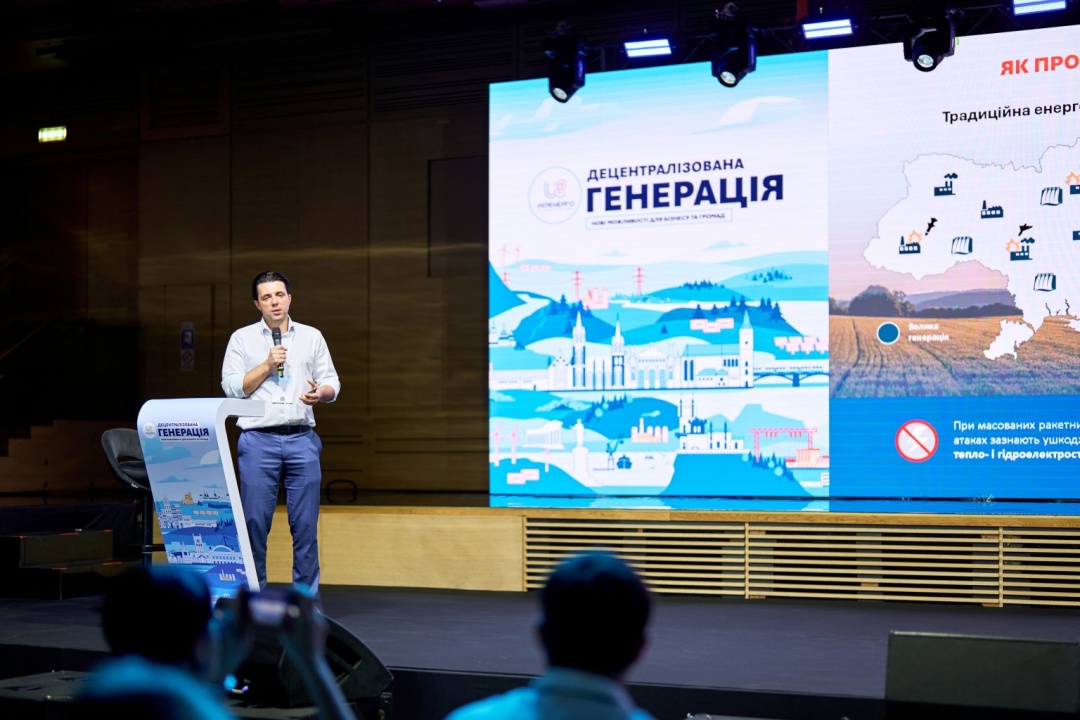
“In addition to decentralisation and the construction of new energy facilities, we are decentralising, if I may say so, the system of generation owners. That is, we should not just build a large number of power plants, we should also ensure a wide representation of players in the energy market. Thus, we will get a highly competitive and transparent electricity market. Many companies will help balance the system during peak periods in the market where there is a powerful player covering the base load (Energoatom). Not just 3-5 companies, but several dozen, preferably several hundreds,” the official added.
Then, he said, not only will we be protected from the destructive impact of enemy attacks on the energy system, but also from price manipulation and from monopolists’ influence on the market.
Our international partners also share such assessments. According to Dirk Buschle, Deputy Director of the Energy Community Secretariat, decentralisation is important not only to ensure the resilience of Ukraine’s energy system, but also to bring it closer to European standards, particularly in terms of decarbonisation and the “Green Deal.” It is also important that the development of a powerful decentralised network will be one of the safeguards against the monopolisation of the energy industry. The war has accelerated the implementation of the assigned tasks.
“The development of decentralised generation is a crucial element of changes in Ukraine. Dispersion of the rigidly centralised energy system is not a part of some ideal “future plan.” This is something that needs to be put in place right now. And it is already happening. We are doing this together with all Ukrainian and international partners who are ready to contribute even in the very difficult times of war,” Buschle assured.
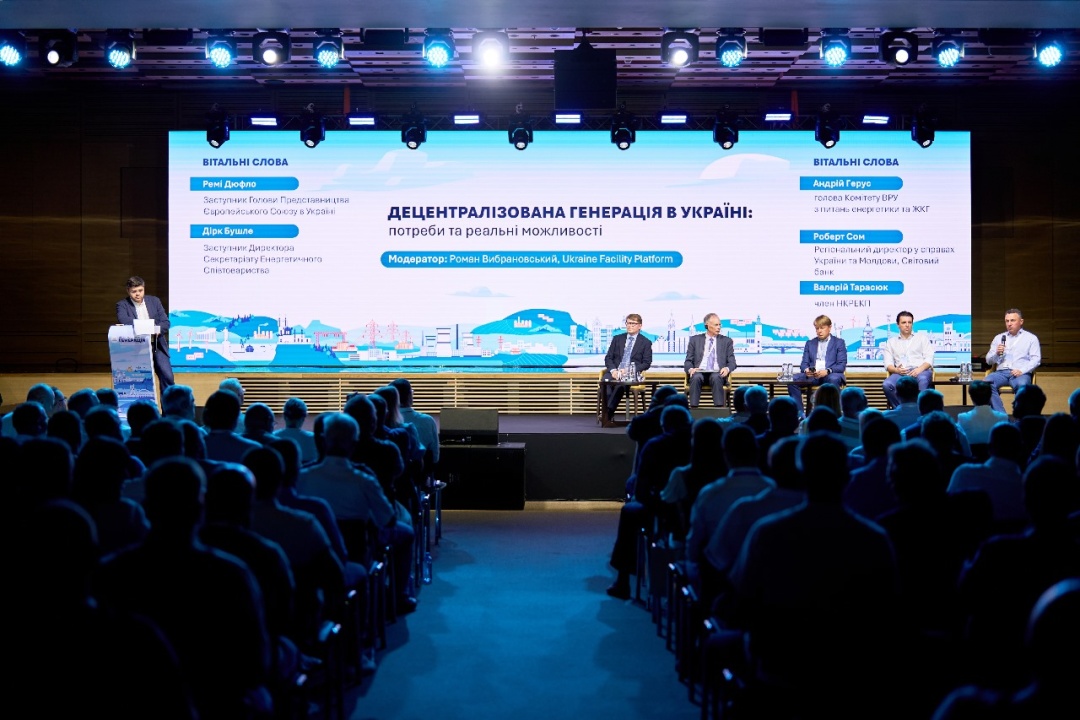
Rescue of generation capacities: first tactical steps and future strategy
According to Andrii Herus, Chairman of the Verkhovna Rada Committee on Energy and Housing Utilities, the trend toward developing distributed generation capacities became evident for Ukraine by the end of 2022, after the enemy began purposefully destroying our energy infrastructure. The parliamentarian recalled that one of the first gas-piston stations with a capacity of 1 MW was installed in Irpin at the end of January 2023. Since then, similar projects have been implemented throughout the country. Although, it is far from the pace that would guarantee an adequate response to current and potential challenges.
“I believe that over time, with the necessary regulatory framework, a system of state incentives and, of course, financial resources in place, such projects will significantly change our energy system. In the summer of 2023, we passed the law on “Green Transformation of the Energy System”, which introduces a concept such as “active consumer”, allowing everyone (under certain technical conditions) to build generation facilities to partially meet their own needs and sell excess energy to the grid. We can see that this is in demand. Many gas station chains, supermarkets, malls, and industrial enterprises are building such generation. In Khmelnytskyi, even hospitals have followed this path. And this is also an important element of our future decentralised energy system,” Herus is convinced.
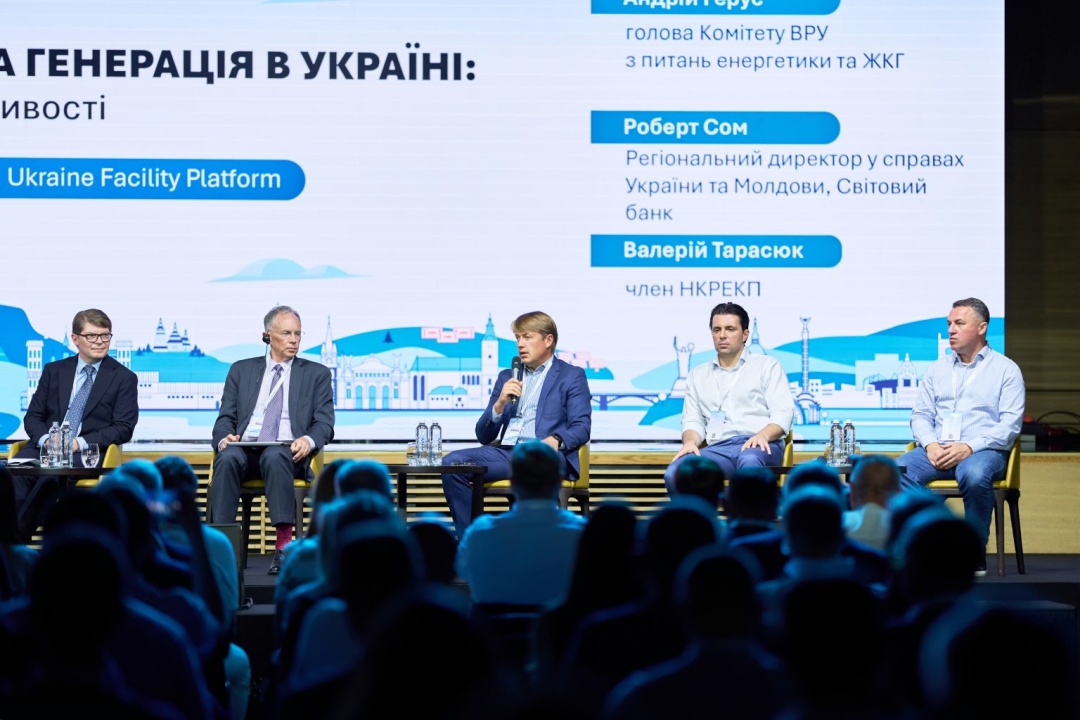
He admitted that it is mostly about low-capacity generation facilities. But where there are thousands or even tens of thousands of such projects, their share in electricity production in the country will become significant. And most importantly, it is about the balancing the capacities of such a generation. After all, the key problem to which we "owe" the appearance of consumer disconnection schedules is related precisely to the lack of opportunities for Ukrenergo to balance out electricity production to meet demand at any given time.
As the Deputy Head of the EU Delegation to Ukraine Remy Duflo reminded, in this connection, Ukrenergo’s ability to balance out the operation of numerous decentralized electricity producers, among other things, takes the availability of a large number of software, intelligent algorithms and intelligent programs. And the European Union is ready to support Ukraine in this endeavor.
"This is a key moment for achieving energy security now and in the long term, so proper management and close cooperation with the European ENTSO-E network are vital for the Ukrainian energy system’s sustainability. We also support it with programs, in particular equipment aid, to ensure full and flawless integration of the Ukrainian energy system," Duflo assured.
It is also about investments to support the development of distributed generation, in particular the receipt of quick investments in urgent projects.
"We support efforts to decentralize Ukraine's energy system in several directions. For example, they provided logistics for the delivery of thousands of generators, transformers and other equipment to the country through the EU Civil Protection Mechanism, which, by the way, Ukraine joined among others last year. Also, together with other donors, we finance the purchase of gas turbines, gas piston units, equipment for renewable energy sources," said the representative of the European Union.
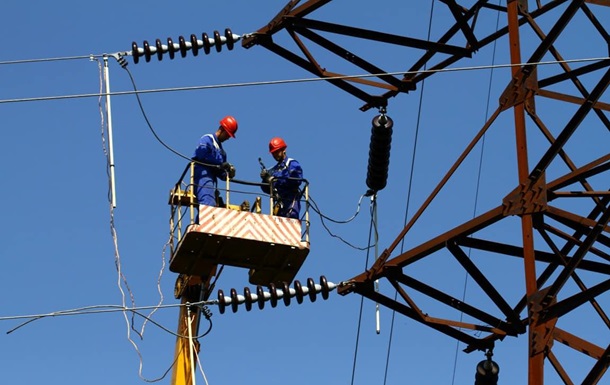
It is also important that European partners help in the urgent restoration of the energy system and bringing generation closer to consumption areas in the Ukrainian regions that suffer most from Russian attacks. The emphasis is on Kharkiv.
Another direction of European support is the provision of more than 1,000 mobile generators to emergency services to ensure the operation of critical civilian infrastructure.
Among the practical steps of support provided by the Energy Community to ensure sustainable operation of Ukraine’s power system and other critical infrastructure, Dirk Buschle mentioned the launch of a programme to install solar panels on the roofs of more than 20 hospitals, as well as funding projects to ensure uninterrupted power supply for critical infrastructure, particularly water supply systems.
“We are also trying to find equipment on international markets that can still be delivered and installed in Ukraine before winter, and we are considering the possibilities for purchasing gas turbines. The addition of new, flexible generation capacities with will be a significant contribution to the country’s energy security in the coming winter season, as well as an important future element of the Ukrainian distributed generation system,” Buschle added.
Among the projects the World Bank Group is supporting in Ukraine, about which Bob Som, the World Bank’s Regional Director for Eastern Europe, told the conference attendees, is the financing of the installation of municipal cogeneration plants to help produce electricity and heat during the upcoming winter. After the end of the heating season, they will also assist in providing electricity to these communities.
“It is very important that municipalities have sufficient resources to install and operate such facilities. Another short-term priority is that the IFC (International Finance Corporation, a member of the WB Group – ed.) is also preparing to finance natural gas distributed generation. Discussion of the implementation of a leasing model for distributed generation is an important additional element. We understand that this takes war risk insurance, grants, etc. There are very difficult decisions ahead. But our teams are ready to discuss and explore this issue together with Ukrainian and international partners,” Som assured.
He said, that in the medium term it is about increasing environmental investments, including decentralised renewable energy sources and storage.
Capital investments in energy: supporting the energy system and investor profit
At the same time, almost all the participants admit that the funding provided by the Ukrainian budget and international donors will not suffice to rebuild our energy infrastructure Russia has destroyed, and, most importantly, to create a new decentralised generation system. The challenge is to actively solicit private investments into the industry right now.
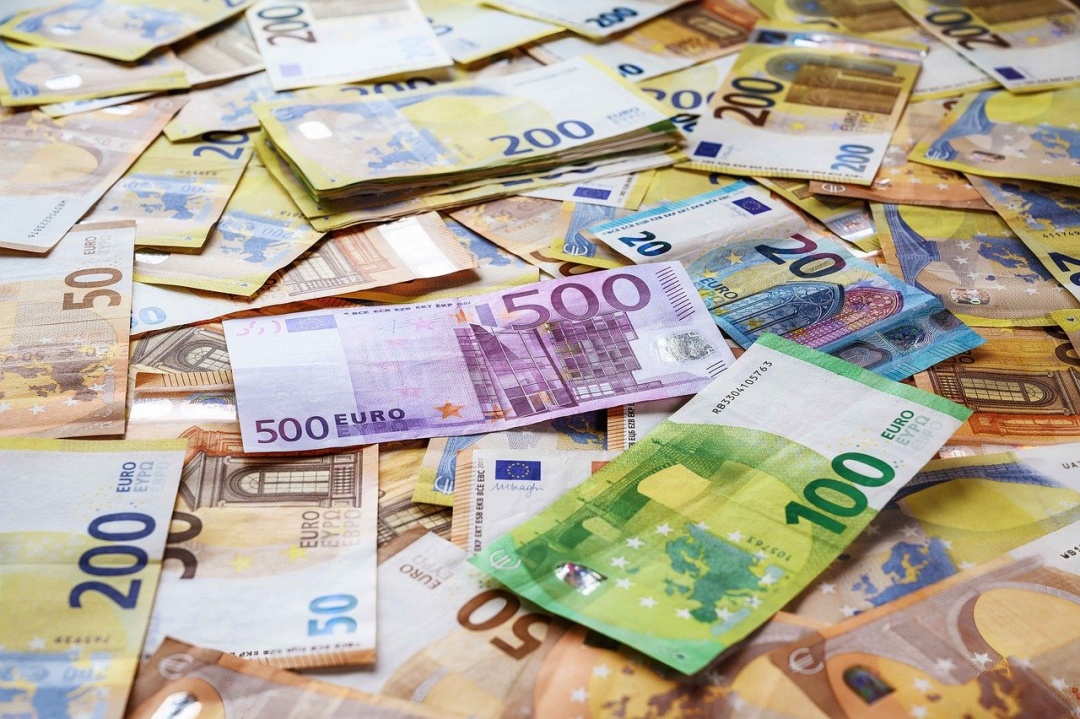
“It is clear that investments can come only if they are able to bring a positive commercial result. Therefore, it is important that the production prices at least cover their current costs. For example, recent measures of stimulating industrial and energy investments in Ukraine are helpful, such as exemptions from land tax, import duties, and taxes on critical equipment supplies. And we hope that enterprises will take full advantage of the opportunity to invest in their own energy security and in the energy security of their state,” Remi Duflot emphasised.
According to Bob Som, the IFC, in collaboration with the private sector, will work on projects to build new onshore wind power plants with a total capacity of 350 MW in western Ukraine, backed by partial EU guarantees.
“In addition, a risk-sharing mechanism is being prepared to support medium and long-term capitalisation. And finally, the World Bank Group is thinking about creating financial mechanisms that will help increase the capacity of renewable energy sources and energy storage systems in Ukraine with the participation of the private sector. But this is more about the tasks for the post-war period,” Som added.
In general, according to Volodymyr Kudrytskyi, in order to build an energy system resilient to potential enemy attacks Ukraine should build more than 12 GW of capacity in the coming years, which would take EUR 12-13 billion (excluding the restoration of large generation facilities, the decision to rebuild which is yet to be made).
“To develop an energy system resilient to enemy attacks, Ukraine needs to build at least 4 GW of new wind power plants, 3.8 GW of thermal power plants, 1.4 GW of gas generation capacities, 1.1 GW of new biomass thermal power plants and 0.8 GW of energy storage capacity in the next few years. Building this all will take approximately EUR 12-13 billion,” the head of Ukrenergo said.
And it is impossible to do this without private investments. Therefore, economic conditions must be created to get businesses and communities interested in building the new decentralised energy system. According to the official, the implementation of the mechanism of long-term auctions for supplementary services to balance out the energy system could help in creating such conditions. They were announced during the conference. Ukrenergo planned the first such auctions for August 15 and 22.
For example, this week, an auction will be held for high-speed (up to 15 seconds) loading/unloading service. This means that a power plant must be ready to support the system immediately upon the dispatcher’s command.
“The demand is for 99 MW. This is primary regulation. Energy storage systems can participate in the auction. Ukrenergo is ready to pay up to EUR 33 per MW of such a service, while this service costs up to EUR 1.5-3 in EU countries,” Kudrytskyi explained.
The second auction, scheduled for August 22, is for the service of automatic loading/unloading at a speed of 15 minutes. The requirement is for 1,000 MW: 579 MW is loading service, i.e. the ability of new power plants to support the energy system by increasing the output, and 421 MW is symmetrical reserve. They will pay for such a service from EUR 24 to 33 (in the EU it is up to EUR 11 – ed.). Owners of gas piston, gas turbine plants biomass power plants can also participate in the auction.
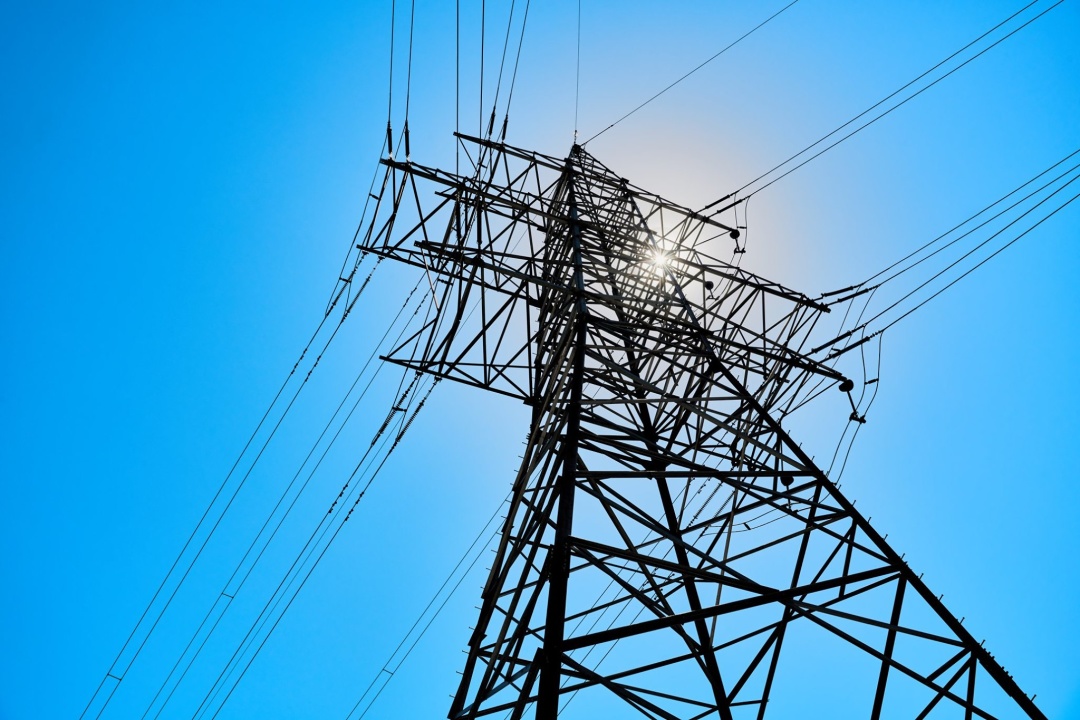
According to the terms of the auctions, auxiliary services will be purchased during 1,826 days, from 1 October 2025 to 30 September 2030.
“Auction winners will be awarded a five-year contract, denominated in euros, starting from the end of September 2025. The winners will be allowed one year to build the capacity required to balance out the energy system. The amount we pay is several times higher than in EU countries, because we have a huge shortage of such capacities,” Kudrytskyi explained.
Regarding the commercial benefits for potential investors, Ukrenergo estimates that investments will pay off in 3-4 years.
“The auction rules are written in such a way that the principle of competition has a decisive influence on the result: no one forcibly determines prices and tariffs. Everything will depend on the auction results. At the same time, there are no artificial barriers, which will allow a large number of market players to access the auctions. However, there are safeguards ensuring that participants are those who really have serious intentions and capabilities to develop a new generation capacity,” Andrii Herus added.
He predicts strong competition during the auctions. According to his estimates, the cost of auxiliary services can decrease even by 40-50%.
The lawmaker also mentioned one of the key issues facing the sector (following the destruction of infrastructure), which is debts existing in the electricity balancing market. According to Herus, a provision regulating the partial use of the funds accumulated by Ukrenergo by auctioning access to interstate crossing for the export/import of electricity to pay off these debts, has been added to a draft law, which is currently being finalized for second reading. Half of these funds will be used to pay off debts in the balancing market, while the other half will be used for settlements between SE “Guaranteed Buyer” and owners of renewable energy sources.
During the “Decentralised generation. New opportunities for business and communities” conference a future long-term mechanism for purchasing electricity through the signing of long-term contracts was also announced. These contracts would enable the securing of bank loans during the project implementation phase. The EBRD and the Energy Community are currently working creating such an instrument.
It was also about the possibility of expanding the “Affordable Loans 5-7-9%” programme, with a focus on the restoration and development of Ukraine’s energy sector. The first steps toward this end have already been made.
Vladyslav Obukh, Kyiv


